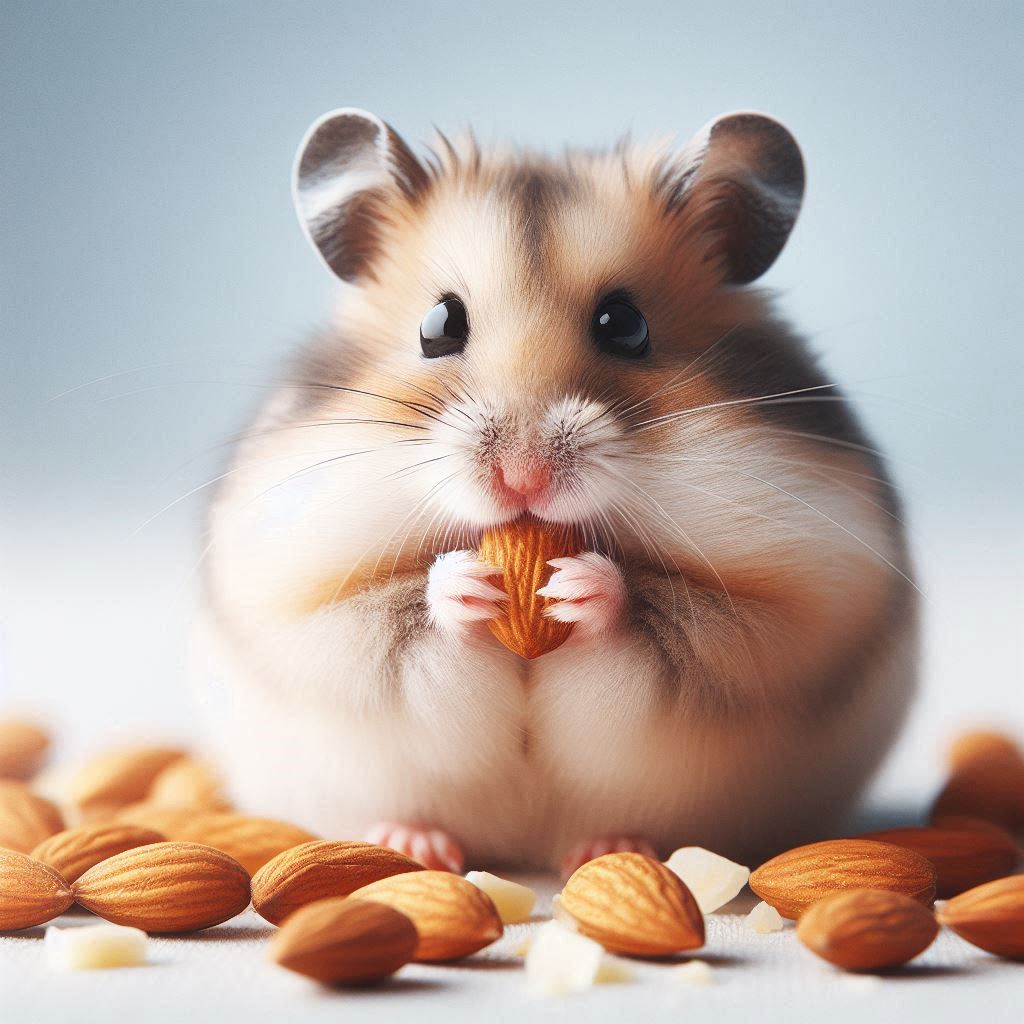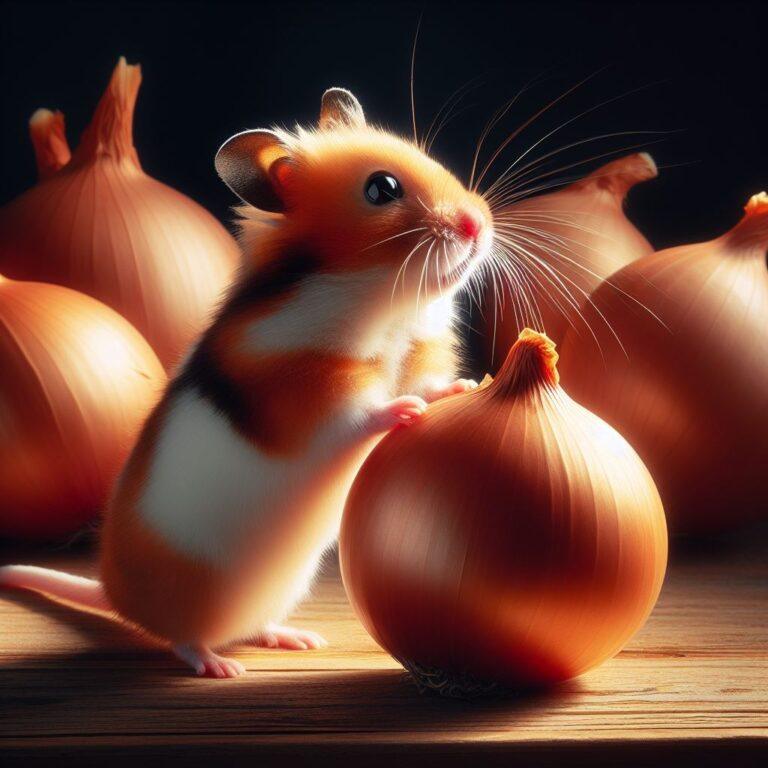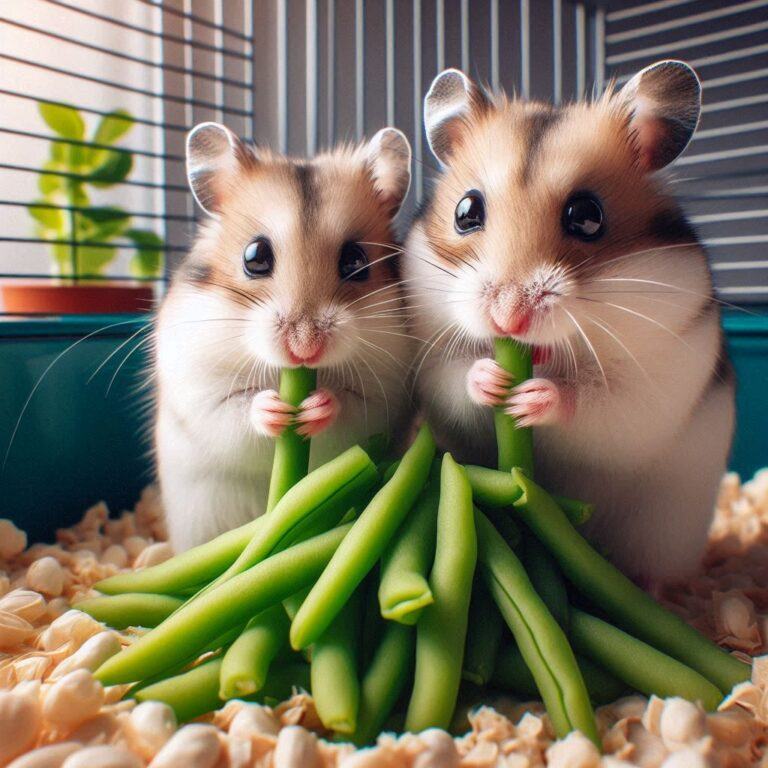Can Hamsters Safely Eat Almonds
Hamsters can eat almonds, but only in very small amounts and on rare occasions. While almonds aren’t toxic to hamsters, they’re high in fat and calories, which can lead to obesity and other health issues if fed regularly.
It’s crucial to understand that a hamster’s digestive system is designed for a diet primarily consisting of seeds, grains, and vegetables.
I’ve been working with small pets for over a decade, and I’ve seen firsthand how diet affects hamster health. Let’s dig into the details of feeding almonds to hamsters and explore safer alternatives.
Almonds and Hamsters – The Facts
Almonds are nutrient-dense nuts packed with protein, fiber, healthy fats, vitamins, and minerals. For humans, they’re often considered a healthy snack. But for hamsters, the story is different.
The high fat content in almonds is the main concern. Hamsters have small bodies and don’t need many calories.
A diet too high in fat can quickly lead to obesity, which is a serious health risk for these tiny creatures. Obesity in hamsters can cause diabetes, heart problems, and a shortened lifespan.
Almonds also contain phosphorus and calcium. While these minerals are essential for hamster health, the ratio in almonds isn’t ideal.
Too much phosphorus can interfere with calcium absorption, potentially leading to nutritional imbalances.
On the positive side, almonds do provide some benefits. They’re a good source of vitamin E, which supports a hamster’s immune system and skin health.
They also contain small amounts of B vitamins, which are important for energy metabolism.
However, these benefits don’t outweigh the risks of regular almond consumption for hamsters. The potential for weight gain and nutritional imbalances makes almonds a treat to be given sparingly, if at all.
How to Safely Feed Almonds to Hamsters
If you decide to give your hamster almonds, it’s critical to do so safely. Here’s how:
Preparation: Always use raw, unsalted almonds. Salted or flavored varieties can be harmful to hamsters. Remove the skin from the almond, as it can be difficult for hamsters to digest.
Size: Cut the almond into very small pieces. A piece about the size of half a sunflower seed is appropriate for a Syrian hamster. For dwarf hamsters, make the pieces even smaller.
Quantity: Offer no more than a tiny sliver of almond, equivalent to about 1/8 of a whole almond.
Frequency: Almonds should be an occasional treat, given no more than once a week. Some hamster owners prefer to avoid almonds altogether due to the risks.
Observation: After feeding your hamster almond for the first time, watch for any signs of digestive upset, such as diarrhea or loss of appetite. If you notice any issues, stop feeding almonds immediately.
Remember, treats like almonds should make up no more than 10% of your hamster’s diet. The bulk of their food should come from high-quality hamster pellets supplemented with fresh vegetables.
Better Alternatives to Almonds for Hamsters
Instead of almonds, there are many safer treat options for hamsters that provide similar nutritional benefits with less risk:
Pumpkin Seeds: These are lower in fat than almonds and provide similar nutrients. They’re also closer to what hamsters might eat in the wild.
Sunflower Seeds: Another seed that hamsters typically enjoy, sunflower seeds are nutritious but should still be given in moderation due to their fat content.
Flax Seeds: These tiny seeds are rich in omega-3 fatty acids and can be a healthy addition to a hamster’s diet in small amounts.
Fresh Vegetables: Cucumbers, carrots, and leafy greens like romaine lettuce are excellent low-calorie treats that provide essential nutrients.
Occasional Fruits: Small pieces of apple (without seeds), pear, or banana can be given as rare treats. These should be given even less frequently than seeds due to their sugar content.
In my experience, many hamster owners are surprised to learn that some human foods, even healthy ones like almonds, aren’t ideal for their pets. It’s always best to research any new food before introducing it to your hamster’s diet.
When in doubt, stick to a diet that closely mimics what hamsters eat in the wild. This typically includes a variety of seeds, grains, and occasional insects or plant matter.
Commercial hamster foods are formulated to meet these needs and should form the basis of your pet’s diet.
Remember, every hamster is unique. What works for one might not work for another. Always monitor your pet’s health and behavior when introducing new foods.
If you have any concerns about your hamster’s diet or health, don’t hesitate to consult with a veterinarian who specializes in small animals.
By prioritizing your hamster’s nutritional needs and being cautious with treats like almonds, you’re setting your furry friend up for a healthy, thriving life.
After all, a well-fed hamster is a happy hamster, and that’s what every pet owner wants.







